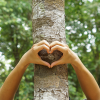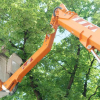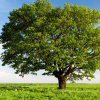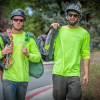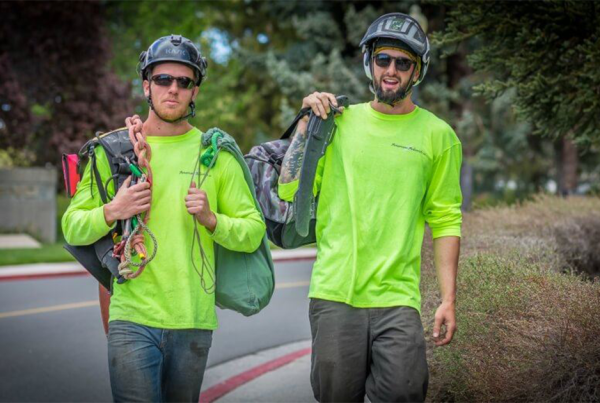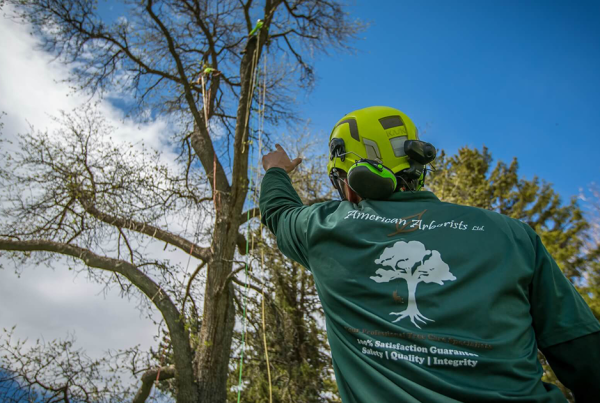
With the wide range of tree-cutting tools and climbing equipment available in the market, just about anyone can climb, cut, trim, or prune a tree. But just because a person has all the necessary tools to do such tasks, it doesn’t necessarily make him or her a tree care professional.
And it certainly doesn’t qualify that person to be called an Arborist. Arborists are educated in the science of tree care.
They undergo training and proper certification before they are qualified to provide tree services. A Certified Arborist is actually considered a doctor of trees because they have the knowledge and know-how to diagnose, treat, and prevent diseases and other problems commonly associated with trees.
What Tools Do Arborists Use?
The tree care business is a potentially dangerous endeavor. It requires skill and understanding of the biology and physics of trees.
An Arborist must have the expertise and the knowledge to:
- Safely climb a tree
- Know which rigging to use
- Know which type of saw should be employed when cutting limbs and branches
- And make sure that the cut limbs and branches fall in the target location
A branch that is being sawed off in a haphazard manner poses a serious danger to other people.
4 Types of Equipment Used by Tree Service Professionals
Depending on the task at hand, our arborists may use different rigging, climbing, and tree cutting equipment to get the job done.
Rigging Equipment
Rigging equipment is necessary for climbing large trees, bringing down huge cut limbs safely to the ground, as well as transporting power tools and heavy equipment up and down, to and from the operator high up in the canopy.
A few of these rigging tools include the following:
- Blocks and pulleys
- Light and heavy-duty slings
- Friction brakes
- Rigging plates
- Carabiners
- Winches
- Power pullers
- Ring slings
- Cable hoists
- Swivels
- Rigging thimbles
- And lots and lots of rope
Cutting Equipment
Obviously, any tree professional will require a slew of tree cutting equipment. And Arborists are no exception, although the primary tool of any good Arborist is his knowledge. Cutting is usually a last resort, a form of treatment or repair, or a prevention and maintenance method.
Some of the cutting equipment in an Arborist’s toolkit includes:
- Hand saws
- Pruners
- Pole saws
- Hand pruners
- Tree loppers
- Wood chippers
- A variety of axes and wedges
- Hedge trimmers
- Hatchets
- And the most typical, the chainsaw
Trimming Equipment
Tree trimming, on the other hand, is usually undergone during tree crown reduction, a great alternative to tree cutting. Tree trimming is a very common method used in tree pruning which has to do with reducing tree sizes in order to keep them in the owner’s preferred shape.
Tree trimming is also useful for decreasing a tree’s size in situations where you want the tree to look neater and tidier without harming it.
Tree trimming equipment usually overlaps with cutting equipment, and includes:
- Saw scabbards
- Landscaping tools
- Pruners
- Chainsaws
- Wood chippers
- Tree loopers
- Different types of axes and wedges
- Hatchets
- Hydraulic tools
- Pole saws
Climbing Equipment
Believe it or not, it’s not the cutting tools or the cutting process that is most dangerous in this kind of profession. Climbing is actually a lot more treacherous when you look at the statistics.
You seldom hear in the news about a tree professional cutting himself in the leg with a power saw. You do, however, hear about people falling off tall trees due to faulty rigging.
A good Arborist will emphasize safety and the importance of proper, well-maintained climbing equipment. This is why the majority of equipment you’ll find in an Arborist’s bag of tools is dedicated to climbing and safety.
Most of the climbing equipment used by tree professionals is comprised mainly of the same tools used for rigging, with the exception of the following:
- Helmets/hardhats
- Saddles
- Protective goggles/glasses
- Work gloves to help with grip
- Protective clothing
- Straps
- Spurs
- Radios for communication
- Ascenders and descenders
- Eye slings
- Tails
- First-aid kit
- More pulleys, carabiners, and rope
Certified Arborists and tree professionals use all of these tools in a variety of jobs. To safely use some of them, one has to have proper training and experience. When used properly, tree professionals can safely and efficiently remove large tree limbs and branches, prune and trim trees, as well as cut down dead or disease-ridden trees.
Hire A Certified Arborist
When you’re in the process of hiring a tree service company or a Certified Arborist, make sure that they have all the necessary tree service equipment used by Arborists to safely and effectively do the job you want them to do.
If the service can provide a written itemization of every tool and equipment they are using, the better. This is why it is always advisable to ask for certification before hiring professionals. If the company can’t provide the proper credentials or doesn’t have the right tools for the job, you might want to reconsider your options.
Reach out to American Arborists at (775) 352-4241 or contact us online to schedule a tree service with our expert arborists.
Any questions? Comment below!
Related Reading:


